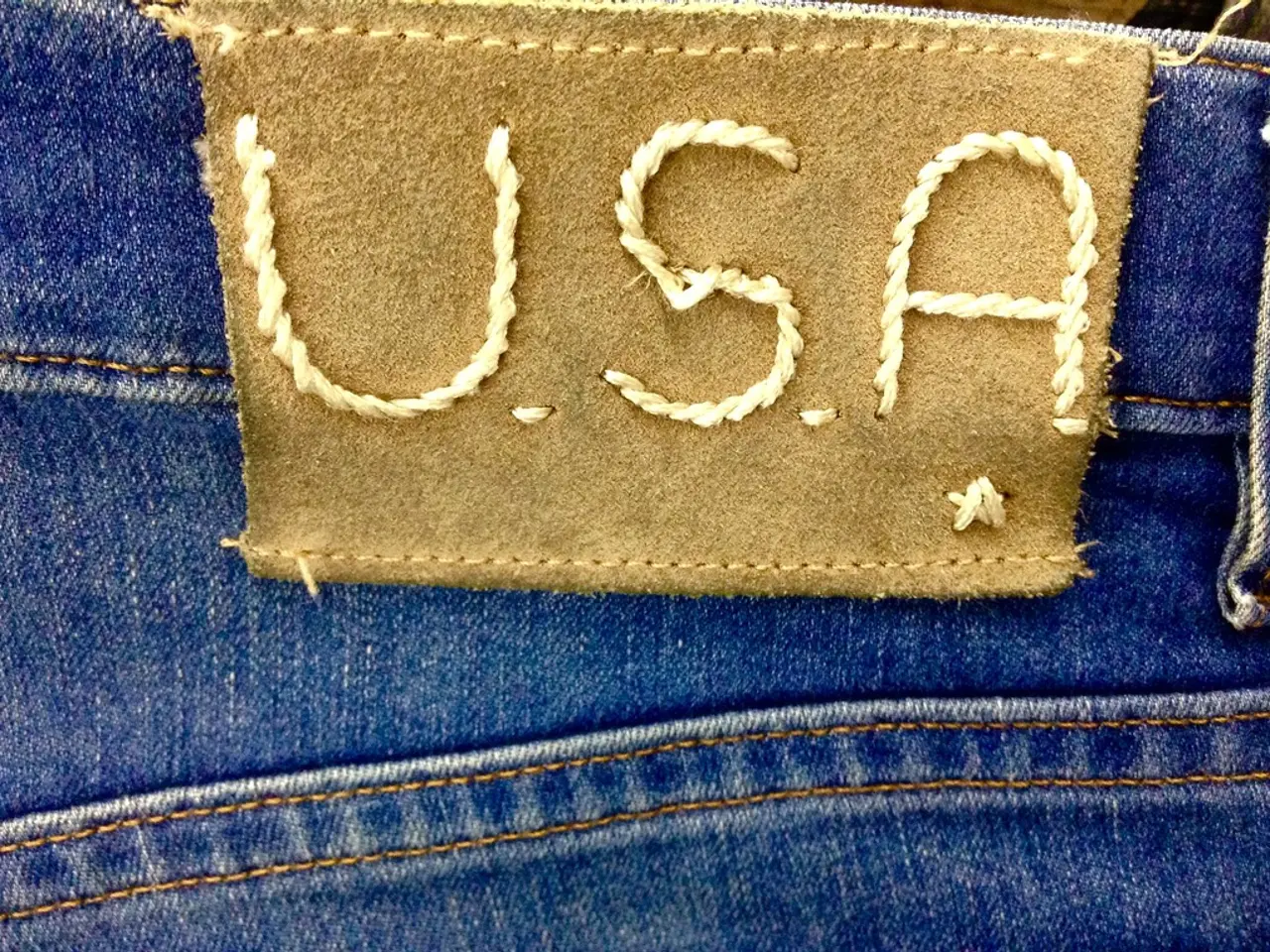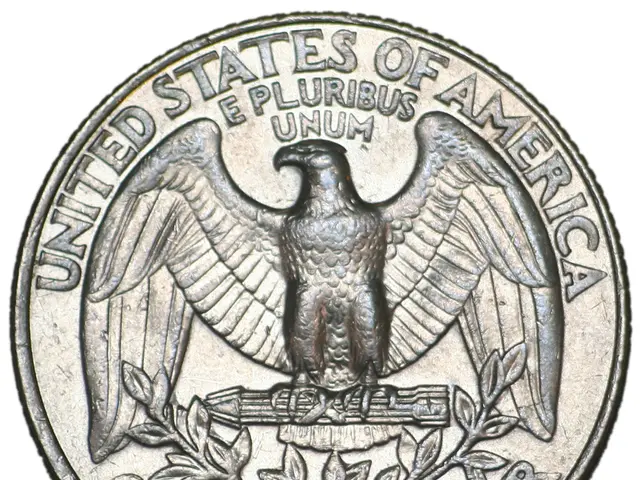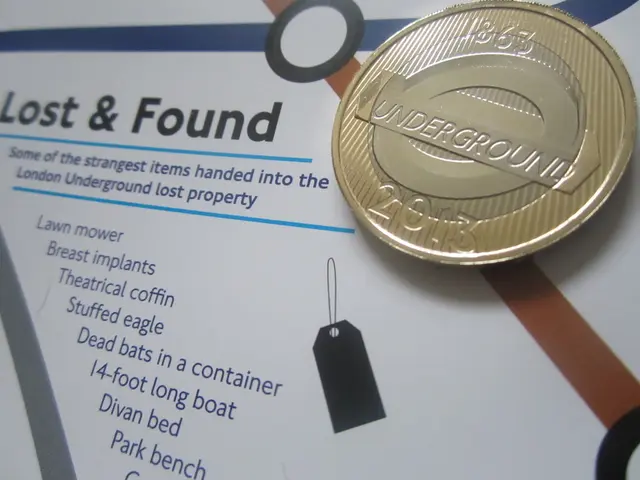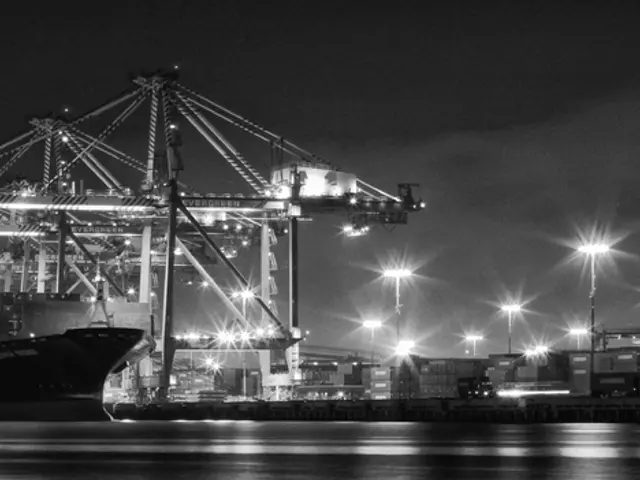Luxury brand Hermès ascended to the pinnacle of status symbols
Hermès, the luxury brand renowned for its commitment to quality and scarcity, is navigating growth and accessibility strategies with remarkable finesse. The brand's unique approach to luxury has not only withstood economic uncertainties but also outperformed its competitors in the past year.
Hermès' success story is rooted in the consistency of its core products. The Birkin bag, square silk scarf, and cashmere blanket, which have remained largely unchanged for decades, continue to be coveted by connoisseurs. The Birkin bag, introduced in 1984, has become one of the most coveted handbags among the ultra-wealthy, with prices reaching six figures. The hard and fast limit to the production of these iconic items is due to the current team of over 7,000 artisans, each skilled in the traditional techniques that have made Hermès products so desirable.
Despite the exclusivity of its flagship products, Hermès has managed to expand its business. The brand has opened new factories in France and stores in locations like Aspen, Naples, Nanjing, and Princeton. While the production of Birkins, Kellys, and more will continue to be made by Hermès artisans, the workshops, not factories, are unlikely to change.
One area where Hermès has broadened its offerings is in the beauty category. The brand has introduced more Stock Keeping Units (SKUs) in this sector, including eyeshadow palettes, mascara, and new lip colors. However, even in this more accessible segment, Hermès maintains its focus on quality, ensuring that its products are still considered luxury items.
Hermès' strategic investments in production capacity, supply chain, and retail experiences have been instrumental in its growth. The brand has been investing in new leather goods hubs and workshops in France to boost production capacity and maintain quality craftsmanship, essential to its scarcity model. Additionally, Hermès has been strengthening its supply chain and production capacity to meet demand while controlling quality and exclusivity.
The brand's innovative retail and marketing strategies have also contributed to its success. Events such as New York’s “Mystery at the Grooms” and store expansions (e.g., Florence) enhance brand experience and customer engagement. Hermès' ability to raise prices without losing demand showcases its pricing power and protects its luxury positioning despite tariff-related cost pressures.
Despite short-term risks in some regions like China and Asia-Pacific, Hermès' strategic investments, strong pricing power, and global diversification support a resilient and promising future outlook. The brand posted $8.72 billion in sales H1 2025, up 7% year-on-year, with strong double-digit growth in Europe (excluding France), Americas, Japan, and the Middle East.
In summary, Hermès is balancing growth and accessibility strategies with rigorous control over quality, inventory scarcity, and brand equity. The brand's unique customer management strategy and refusal to cater to the masses have been key factors in its success. As Hermès continues to expand and introduce more accessible products, it remains committed to maintaining the exclusivity and quality that have made it a leader in the luxury market.
[1] Business of Fashion [2] The Financial Times [3] The Wall Street Journal [4] Forbes [5] Bloomberg
What strategies is Hermès employing to balance growth and exclusivity in its luxury market dominance? [1] The Financial Times
How has Hermès expanded its business offerings, while still maintain its commitment to quality and scarcity in fashion, lifestyle, and finance? [5] Bloomberg





